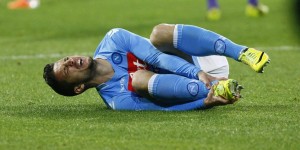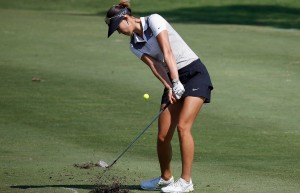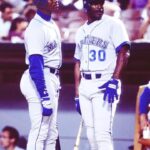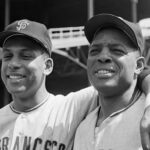The Greatest Myths Surrounding Sports Injuries
Each sport has its own personal risk of injury, even the sports where you may think a problem is highly unlikely.
Darts, for example, is not exactly what you may call ‘high intensity’ but players often fear the dreaded Dartitis which is when the players lose the ability to allow the dart to leave the fingers effectively. This is also known in other sports, especially golf, as the ‘Yips’. It is essentially the loss of fine motor skills in athletes and can occur completely at random.
Dartitis is a psychological disorder and very real, but there are sports injuries and sayings that need dispelling as pure fantasy as we look at cracking some of the myths surrounding sports injuries.
No Pain No Gain
Let’s start with a famous saying that is repeated in every single gym around the world. However, strictly speaking, no pain no gain is the opposite of the words uttered.
Pain is your body’s way of telling you that something is wrong. Continuing through sores or cramp is not an immediate problem but if there is acute pain (something sharp and severe) or a clear indication that something is not right (a sprain for example) then it is time to stop immediately and seek medical advice.
Injuries heal fastest when rested
Football injuries cost clubs millions of pounds a year by having to pay injured players and in some cases, when key players are absent, it has a direct impact on a team’s ability on and off the pitch.
For example, Tottenham Hotspur are currently 4/7 to reach the top four in the Premier League this season on Betway as of 23 August. However, one gets the feeling that those odds would change should a key player like Harry Kane or Christian Eriksen pick up an injury which would rule them out for the year.
Most Premier League soccer clubs have the best physiotherapists on hand to aid recovery and they are all well aware that the term ‘rest is best’ is often not the best course of action.
The phrase is not entirely inaccurate but movement is often a necessary part of recovery as it increases the blood flow around the body which, in turn, speeds the evacuation of waste materials and the delivery of oxygen and nutrients.
Movement can also help negative scar tissue from forming. It is used by clubs to help the recovery process in a bid to help the prevention of future of injuries and also teach individuals what to do when they do occur.
The area of pain is the area of injury
The body is a complex system and it is important to remember that no part of it works in isolation.
We have all heard the educational song connecting all the bones in the body and it is more detailed than one may realise upon first impression. It is because of this that many people fall into the mistake of believing that when a sportsperson has been injured the initial area of pain is where the underlying problem may be.
However, this is not always the case. Golf is a prime example of this and the professionals on tour take injury prevention very seriously as a lay off can be career defining.
Due to the complexity and the aspects of the body involved in striking a golf ball, quite often a painful area may be the direct result of another part of the body. For example, a dysfunction in your hip which is not painful may well lead to a postural problem that then in turn causes shoulder pain.
Tiger Woods has found injury concerns an issue over the last few years and although now on the road to recover, a look at Tiger’s injury timeline highlights multiple issues which originate away from the painful area. The truth of the matter is if you have consistent pain with a sports injury, you may need to look elsewhere in the body for a solution.











